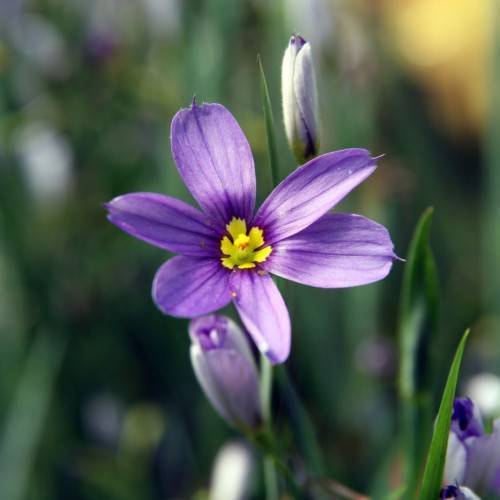
blue-eyed grass
Sisyrinchium angustifolium 'Lucerne'
Cycle:
Herbaceous Perennial
Watering:
Average
Hardiness Zone:
4 - 8
Flowers:
Flowers
Sun:
Full sun,part shade
Leaf:
Yes
Growth Rate:
Low
Maintenance:
Moderate
Drought Tolerant:
Yes
Salt Tolerant:
Yes
watering
Blue-eyed grass should be watered once or twice a week depending on weather conditions. An inch of water is typically adequate for a mature plant, but for a younger plant, less is more. Water deeply and slowly at the base of the plant, not from above. This will help keep the foliage dry and avoid fungal diseases. If the weather is particularly hot and dry, you may need to increase watering frequency to every other day or even daily, but be sure not to water too much. Blue-eyed grass does not appreciate overly wet feet.
sunlight
Blue-eyed grass requires full or partial sun to thrive and encourages 6 to 8 hours of direct sunlight daily. In the warmer summer months, the flowers benefit from the morning sun and protection from the heat in the afternoon. In the winter, when temperatures are cooler, this plant can tolerate longer periods of sunlight. Remember to monitor and adjust sunlight as the season changes.
pruning
Blue-eyed grass (Sisyrinchium angustifolium 'Lucerne') should be pruned approximately twice a year. Spring pruning should be done when the plant is just starting to sprout after the winter months. Dead or diseased foliage should be removed as well as any undesirable growth. Summer pruning should be done just before the plant blooms and should only involve removing a few of the flowering stalks in order to promote fuller, healthier blooms in the following season.
